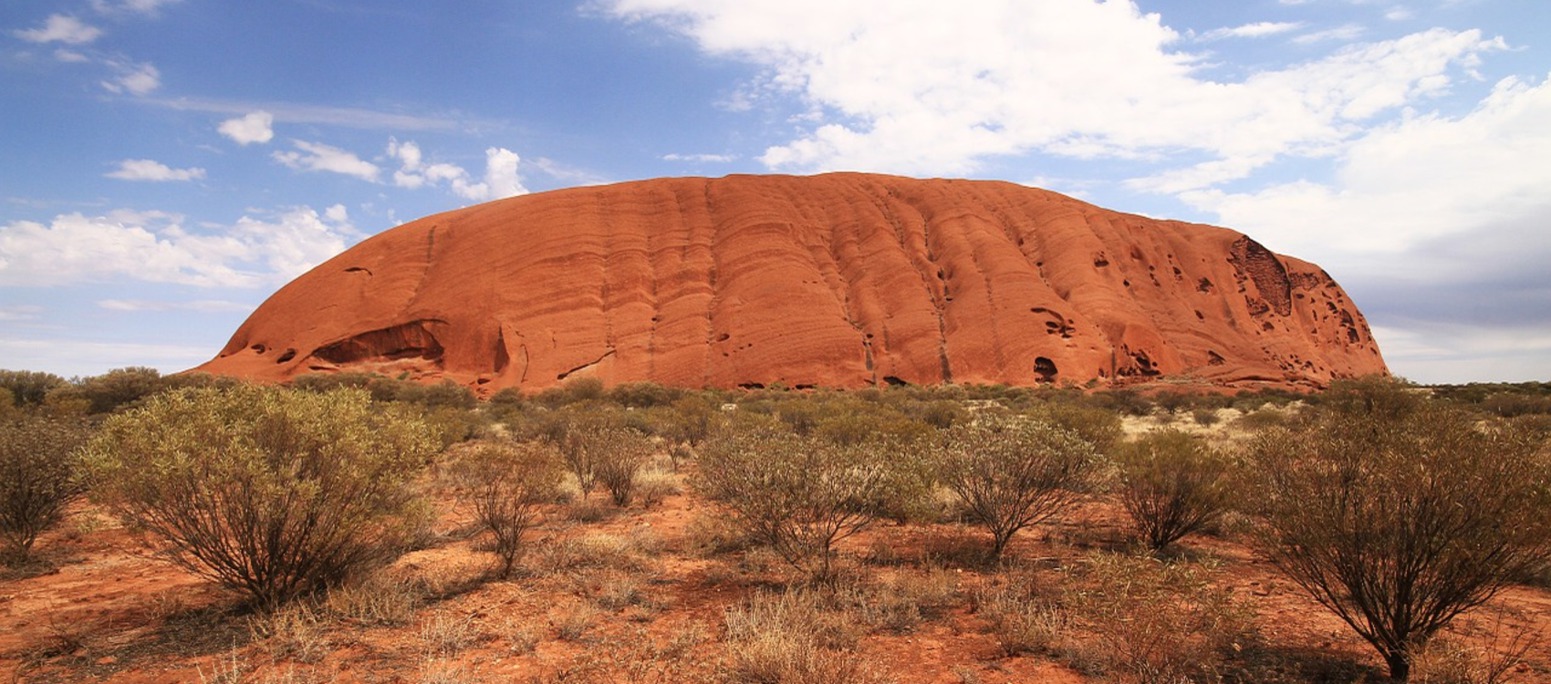Feeling hot, hot, hot!
It is no secret that Australia is hot! In 2003, a whopping 69.3 °C was recorded in the shrublands of Queensland. However, millions of years of evolution mean high temperatures, lack of water, and frequent fires aren’t enough to stop Australian plants and animals from surviving and thriving!

Adaptations to aridity
Over one third of the earth’s surface is characterised by desert. In Australia, 35% of the continent receives so little rain it is classified as desert. In arid areas, plants and animals require adaptations that allow them to survive two critical challenges: a lack of water and an intense amount of heat.
Arid plants
Transpiration is the process of water moving through a plant, and its evaporation from leaves. Water vapour escapes from leaves through tiny pores in the leaf surface called stomata. Plants found in arid conditions have evolved a range of unique structural features that help reduce water loss, increase water storage, and reduce exposure to the sun (which increases transpiration rates).